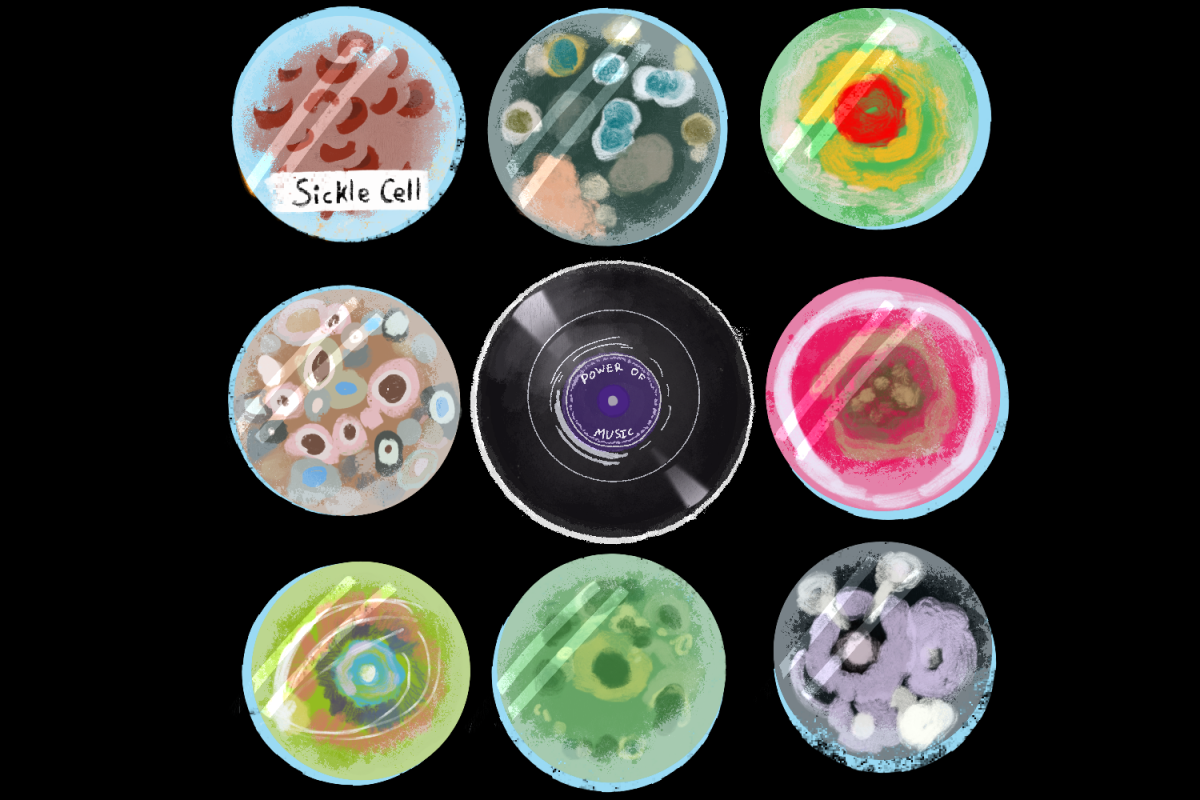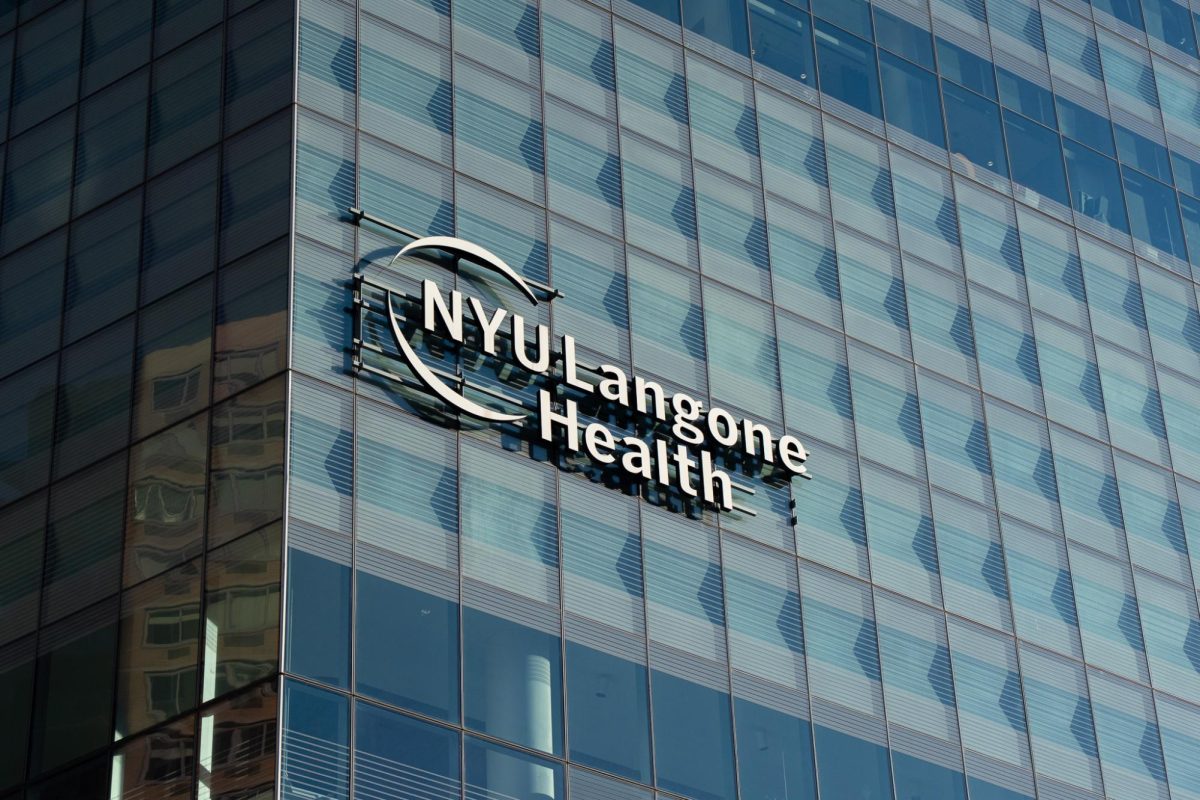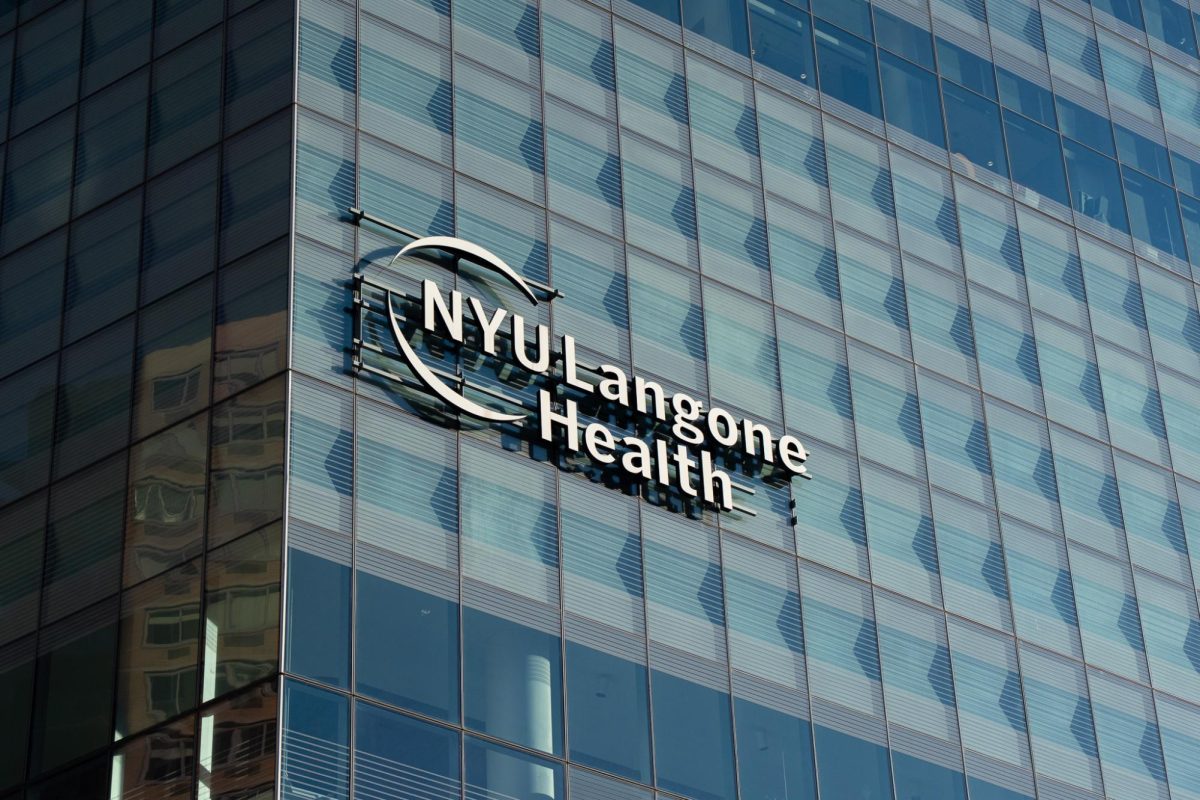NYU’s Wellness Exchange recently launched While You Wait, a resource to combat the notoriously long times that students have had to wait between sessions from the Counseling and Wellness Services. The resource is a pilot program that allows students with CWS wait times longer than two weeks the opportunity to participate in a “weekly toolkit — a series of workshops led by counselors designed to help students develop skills that enhance personal, academic, and social well-being,” according to the university. On the surface, it seems that While You Wait is a step forward in self-accountability for NYU’s lack of mental health resources, and the resource seems great as an interim solution until the university is able to shorten the wait times. But looking deeper, While You Wait’s launch reflects a host of issues — both with NYU’s mental health facilities and its marketing methods.
A closer look at NYU’s announcement of While You Wait’s implementation reveals that NYU hasn’t developed a new program — they’ve simply taken their toolkits program, which already existed through CWS, and rebranded it. Additionally, NYU hasn’t advertised the resource at all since its inception. Considering the university’s history of failures in providing and marketing mental health resources to students, this is especially reprehensible. NYU is pretending to have solved their student mental health crisis.
The university’s announcement of While You Wait’s inception says that the program will provide students with the chance to participate in a toolkit, then simply describes the toolkits program in detail — in language that mirrors the toolkits program’s own webpage. NYU has highlighted the fact that toolkits are accessible within a short period of time, categorized by topic of discussion and available at no charge to enrolled students, making it seem like these are major improvements, but these features have existed as long as the program has, since at least 2015. In truth, NYU has neither launched a new program nor made any visible strides toward improvement.
NYU is not known for its excellent mental health facilities. Though the university likes to brag about the awards that its mental health facilities have won, these accolades haven’t been given to NYU in years. Students consistently report disillusionment with CWS and its prolonged wait times, the Wellness Exchange and NYU’s weak efforts to boost mental health with short-term and short-sighted solutions. Last academic year saw two first-year students die of suicide, and the university has shirked responsibility. When asked in a 2016 interview with WSN if the Student Health Center was understaffed, Assistant Vice President for NYU Student Mental Health Zoe Ragouzeos insisted that CWS provided adequate services. “The International Association of Counseling Services recommends one full-time-equivalent professional staff member per every 1,000 to 1,500 students,” Ragouzeos said. “We are doing better than that.”
In May 2019, WSN found this to be accurate, but to a fault — the SHC has approximately one wellness professional for every 1,189 students, meaning that if each staff member were to work for 24 hours straight, they would only be able to provide each student with eight minutes and 28.5 seconds of counseling per week. The SHC does provide multiple counseling services, including recovery resources, the S.A.F.E. program and S.P.A.C.E., many of which are available free of charge. But many of them are also minimally advertised, and students cannot access resources that they do not know about. This phenomenon applies to While You Wait as well.
Since its inception, While You Wait has been mentioned once by NYU, which was when it announced the resource’s implementation. No email to the student body has mentioned While You Wait. A search for “While You Wait” on nyu.edu prompts no results regarding the resource. Counseling and Wellness Services’ webpage does not mention While You Wait, nor does it direct students to the resource. (It does direct students to toolkits, but not as a solution for long wait times, and the toolkit webpage mentions neither While You Wait nor wait times.) This under-marketing is disappointing, but not surprising — especially in light of recent news which found NYU to have under-advertised multiple invaluable resources.
It should not be our responsibility to hold NYU accountable for its own mistakes. We attend this university and pay tuition in exchange for both education and protection. But we have had to fight for our right to adequate healthcare, to transparency, to eat safely and even to eat at all.
I want to feel safe on campus; I want to feel that if I am falling, NYU will catch me. But I don’t feel safe, and I don’t know what will happen if I fall. There are sexual predators in positions of power on campus because NYU has allowed them to stay here. There were health hazards in a dining hall and NYU did not tell us. The Wellness Center’s wait times are a major problem, and NYU has simply pretended to solve it. The long wait times still exist; the Wellness Center is still understaffed. Rebranding a service that already exists does not help students in need — it gives them hope for change that hasn’t yet come.
Opinions expressed on the editorial pages are not necessarily those of WSN, and our publication of opinions is not an endorsement of them.
A version of this article appeared in the Monday, Oct. 21, 2019 print edition. Email Abby Hofstetter at [email protected].


























































































































































